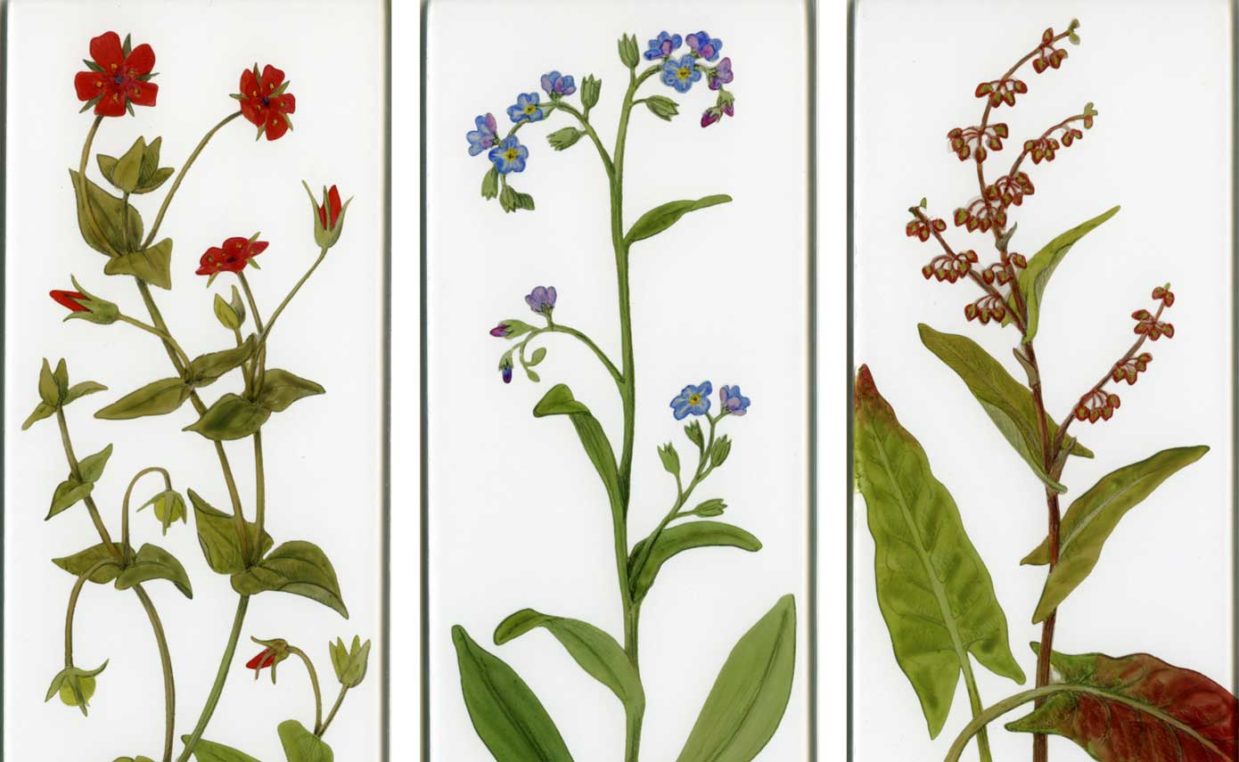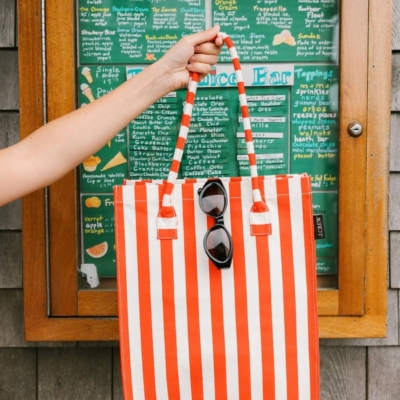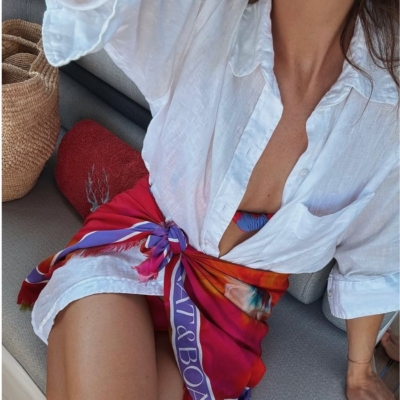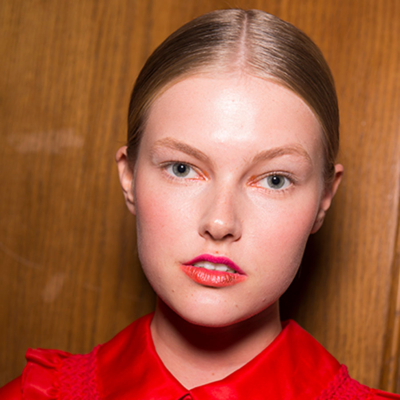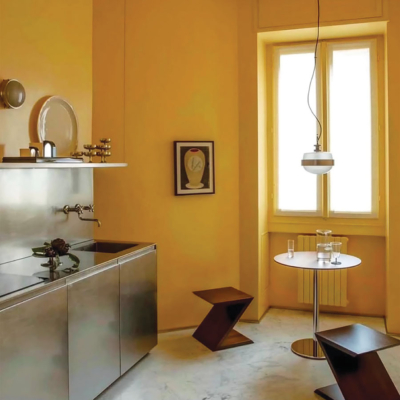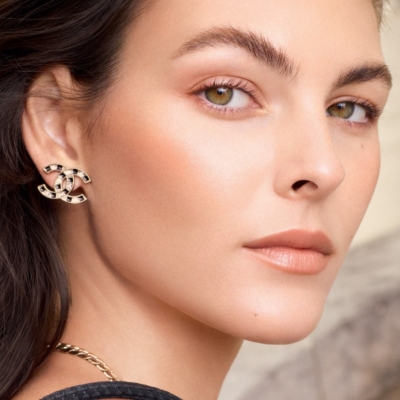The artist’s solo exhibition at Olivier Cornet Gallery, Dublin features new verre eglomisé work showcasing her passion for native Irish wildflowers …
This exhibition focuses on verre eglomisé artworks which are incredibly detailed. What was your initial inspiration for these?
When I was thinking about a good theme for this exhibition we had just gone into the first lockdown due to Covid-19. I looked into the idea of being restricted and that there might be a positive aspect to explore. This led me to looking at how we view our local environment, and how our field of vision is being reduced. Focusing on my garden became an inspiration. We allowed a lot more of our garden go wild in the last few years, so we have been rewarded with a treasure trove of flowers and the wild life they nurture. The old microscope that our family had when I was a child drew me back to my fascination with the process of looking closely at things. The shape of the little glass slides became the obvious proportion to work with in creating small paintings of the wild plants I love so much. Through the exhibition, I would like to share my fascination with flowers with as many people as possible; there is such joy in looking more closely at “weeds”!

Take us through the process of painting, etching and gilding required for the artworks …
When I was in my early 20s I was employed as an apprentice by a sign writing company. We did decorative glass signs and mirrors for pubs which gave me the skills to explore reverse painting on glass – otherwise known as verre eglomisé and gilding with 24 carat gold. I began working as an artist in the early 1990s and have been developing my own unique version of the technique since then. It entails preparing clear glass by using acid to etch the surface that will be painted so that the paint adheres. This is done on the back of the glass as the viewing side, like in a mirror is clear. A drawing is made and laid on the front of the panel and the image is painted using specialist signwriters paints, gold leaf and a few tricks I have developed over the past 30 years. So, the work must be executed in reverse. Highlights and details are applied first and many layers of colour added until at the final stage the painted area is sealed with enamel. Each brush stroke must be considered as there is no way of mending mistakes! The painting is viewed with light on the front, unlike stained glass which would be lit from behind.
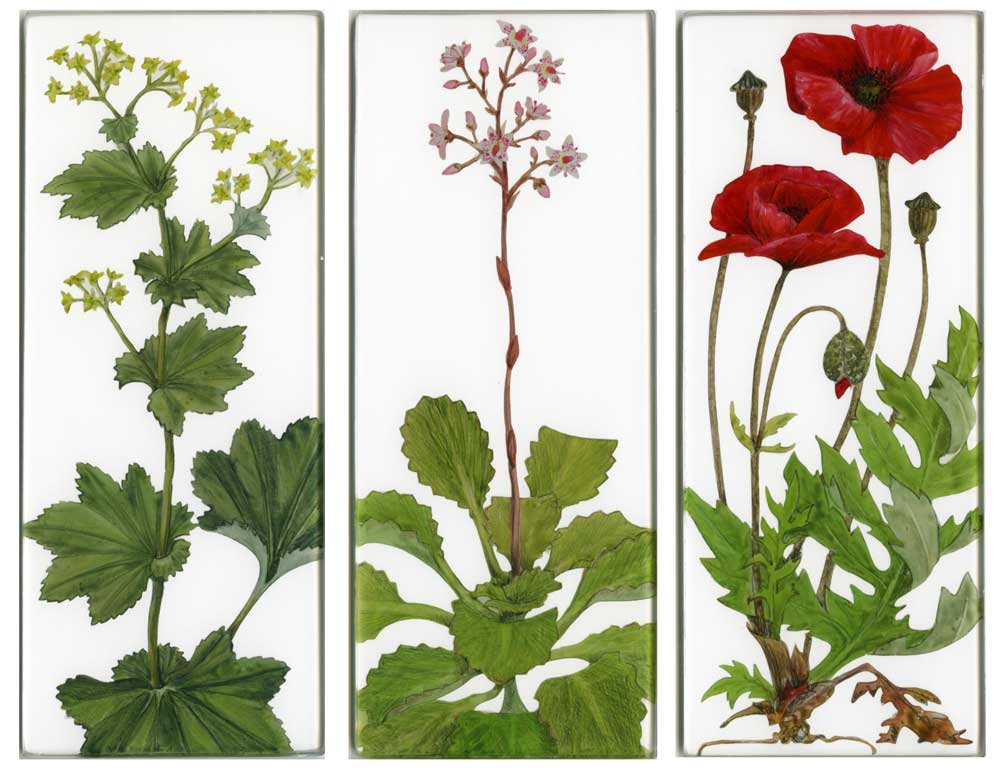
You love Irish wild flowers – when did this passion ignite?
My love of nature came from my mother in particular but growing up in the country meant that we spent a lot of time out in the fields, playing with whatever was available. My parents generally had reference books out on a daily basis, so we were constantly looking up stuff! Most summers my mother took us to the Burren where I fell in love with its indigenous meadow flowers, and the plants which grow in the most unlikely places. I loved the constant buzz of insects and the song of the sky lark.

You talk about people having “plant blindness” – can you explain what you mean by that?
Since I’ve been painting wild flowers I have sometimes been asked why, when paintings of garden flowers would be much easier to sell. But I’m much more interested in raising awareness of the beauty of our wild plants. In the past wild plants were used and valued, but as humanity has become more urbanised we have lost touch with the environment. Scientists and conservationists have explained the lack of interest in wild plants by suggesting that we have a degree of “plant blindness”. Humans identify with animals, especially those under threat, but plants, which don’t move around, and don’t make sounds (as far as we know!) evoke less empathy. I have had a deep interest in these perceptions for a long time, looking at why and how we interact with the environment. In making the work for this exhibition I wanted to bring the wild plants, those “weeds” that many people distain, close to the viewer, to show their beauty, to focus the eye on a closer field of vision. Of course “Field of Vision” is a play on words, the plants I’ve painted mostly originate in the fields around us. So I wish to open the viewers eyes to something we all can be blind to, in our busy lives. We need to slow down, look closer and marvel at the wonders under our feet! My little paintings, (they are each 21cm high by 8.5cm wide), are not intended to be illustrations, so they don’t have their Latin names. I want them to be friendly and approachable. We need these plants to survive, so I’d like people to get to know them better.
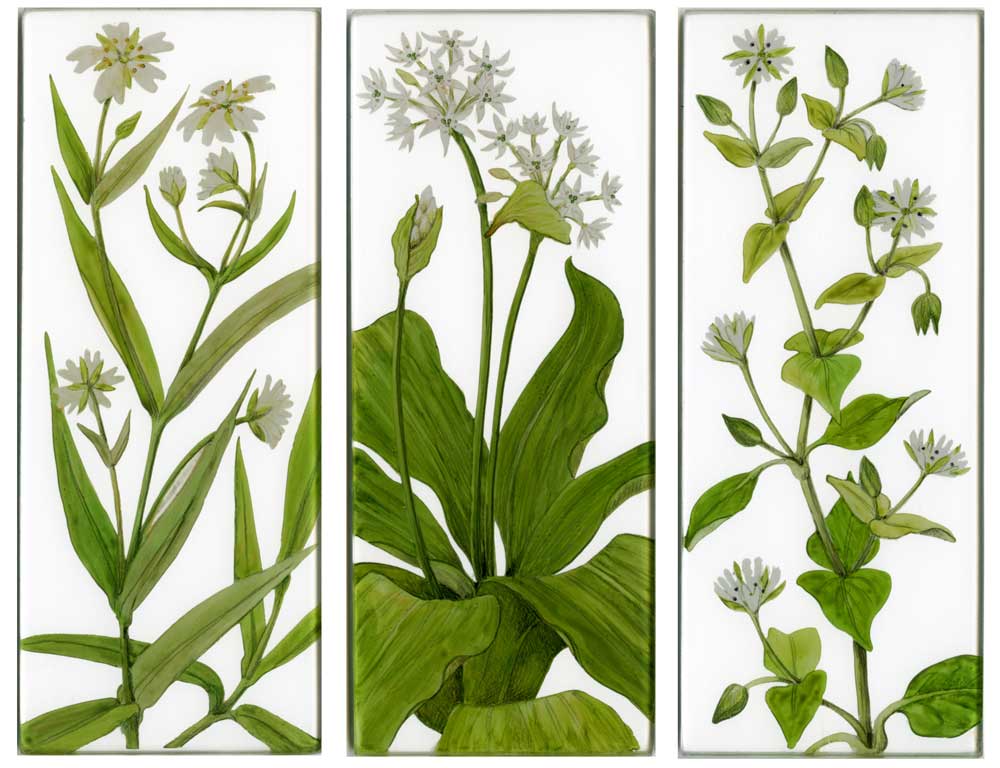
How and where do you work?
I share a studio with another artist in Newtownmountkennedy, Co Wicklow. The purpose-built studios are in a quiet valley surrounded by a farm, so there is plenty of inspiration. I am often out sketching plants in their habitat, which is the best way to depict them accurately. To make an art work I use these sketches, perhaps parts of the plant and photos to build up the painting. It’s a slow process, but at least the plants can’t run away! I’ve experimented constantly throughout my career, and have explored nature print, which entails pressing plants and printing from them. I also paint in watercolours, and of course specialise in verre eglomisé. All my work is slow and methodical and one art work could take months to complete. As I paint from life commissions must be done when a plant is in season, so if I’ve a lot on it’s a race against time to capture all I need before plants fade.

Have you had any muses or mentors who have influenced your work?
My influences come from many angles, from Art Nouveau to Celtic Knotwork, from Gustav Klimt to Albrecht Dürer. In terms of the glass painting technique, I am eternally grateful to the artist Michael Gemmell who trained me in signwriting and gilding back in the 1980s. He is a true master.
I came across Dr Shirley Sherwood, the great botanical art collector, in 2003 and by her acquiring work from me for her collection in Kew Gardens I felt I was going in the right direction. The art historian Patricia Butler encouraged me when she opened one of my first solo exhibitions, and I am involved in the Irish Society of Botanical Artists which was formed in 2012.
I am lucky to be surrounded by a nurturing environment where “plant people” and artists constantly inspire each other. I am most grateful to be where I am in my career, with the support of my family and my gallerist Olivier Cornet. The National Gallery of Ireland and National Museum of Ireland recently recognised my work through acquisitions which is a great honour.
If I can bring joy and inspiration to those who see my work I am happy. Underneath it all there is a more serious message about conservation and caring for our environment. The knowledge and love of wild plants that I hope to inspire will lead to a closer relationship with our local habitats so we might nurture them and not take them for granted.
Need to Know: “Field of Vision by Yanny Petters is at the Olivier Cornet Gallery, 3 Denmark Street Great, Rotunda, Dublin 1, until November 6 and available to view online in the gallery’s 3D virtual space; www.oliviercornetgallery.com.
LOVETHEGLOSS.IE?
Sign up to our MAILING LIST now for a roundup of the latest fashion, beauty, interiors and entertaining news from THE GLOSS MAGAZINE’s daily dispatches.






